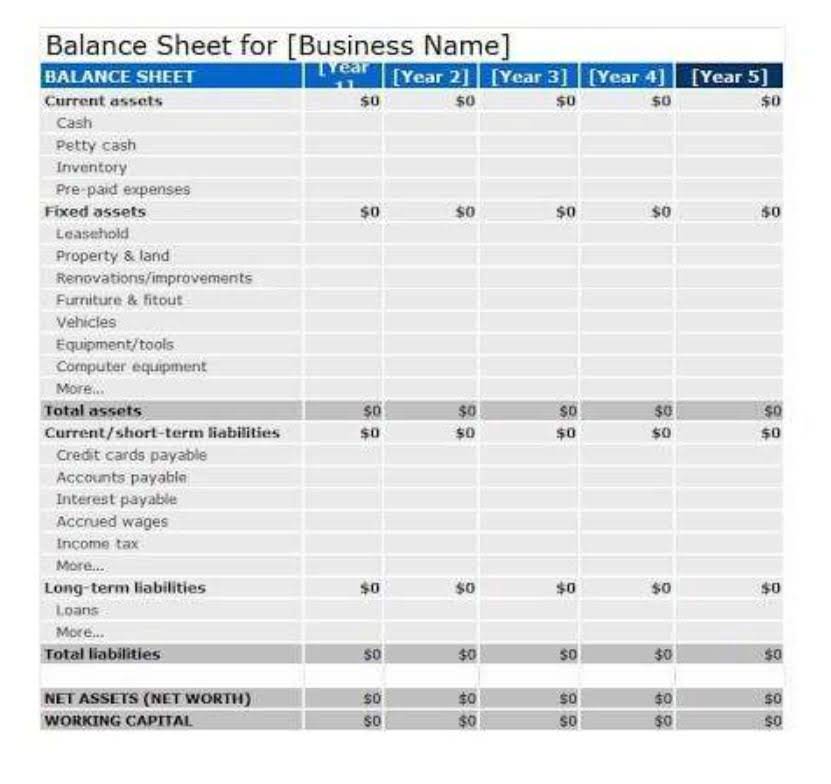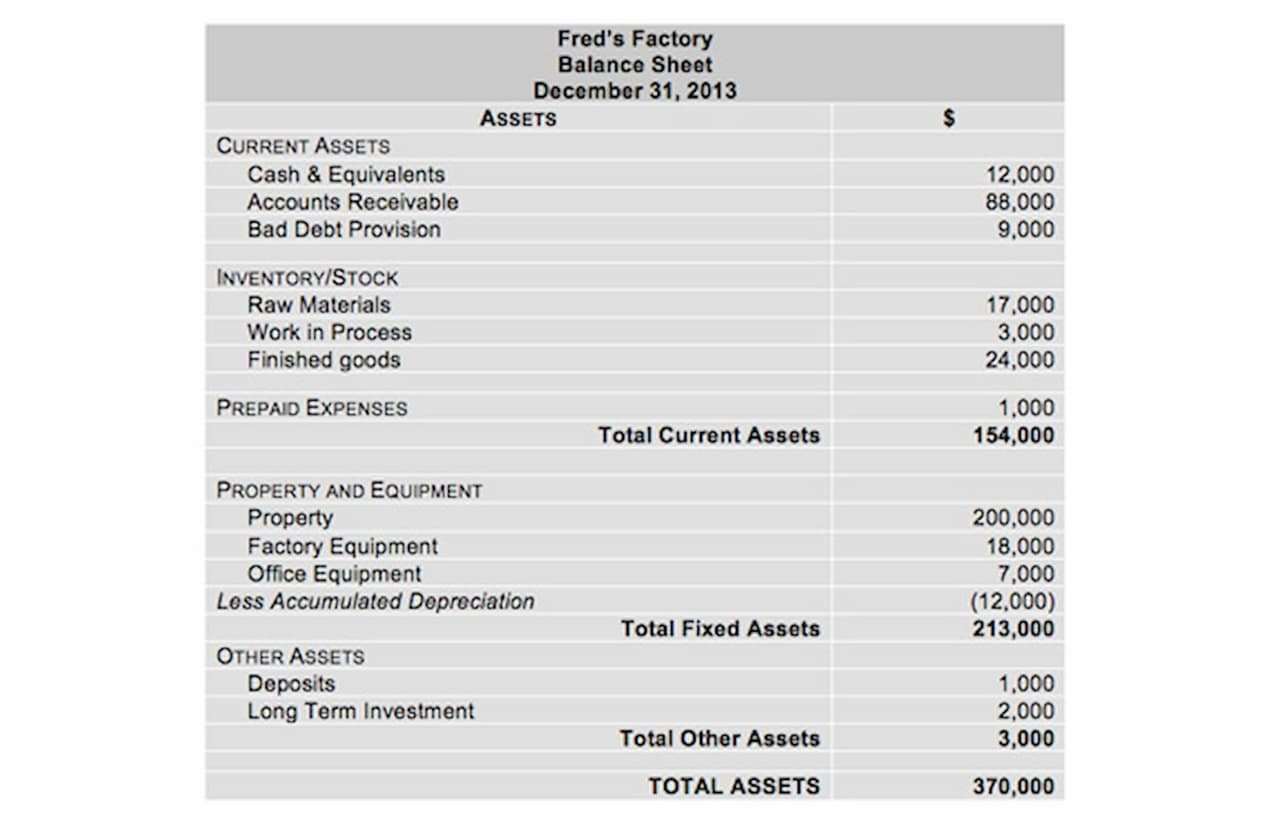
The use of a mortgage suspense account helps ensure that payments are not misapplied or remain unaccounted for while processing. It serves as a safeguard that keeps funds in a known location until all the details can be sorted out and the payments can be accurately applied to the mortgage as intended. A mortgage suspense account is a temporary holding area where the borrower’s payments are kept until the loan servicing company determines the allocation of funds. Funds in the suspense account may be used to cover various charges, namely property tax, homeowners’ insurance, escrow contributions, etc. A suspense account is a component of a company’s financial accounts that is used to record confusing entries that require additional examination to determine their right classification.
What Is a General Ledger?

You will also understand the potential challenges of using a suspense account and how you can combat those challenges. Some jurisdictions have rules and regulations regarding suspense accounts because they are considered a control risk. The bookkeeper is unable to balance the company’s trial balance, with the credit column exceeding the debit side by $500. A customer paid CARES Act $1,000 in cash without specifying which invoice the payment relates to. In short, a suspense account is the point of last resort when you need a short-term holding bay for financial items that will end up somewhere else once their final resting place is decided.
Classification of unclear transactions

When the transactions are recorded in the correct place and the errors are detected, it is closed. Suspense accounts and error correction are popular topics for examiners because they test candidates’ understanding of bookkeeping principles so well. A suspense account is a temporary holding account for a bookkeeping entry that will end up somewhere else once the final and correct account is determined.
- Any balance is investigated so that correcting adjustments can be made before the final financial statements are issued.
- Partial payments that do not settle an invoice in full are placed in a suspense account until clarification is obtained.
- When the two sides of the trial balance don’t match, we hold the difference in a suspense account until we correct it.
- The Account Reconciliation Software automates the tedious task of matching transactions across various accounts, significantly reducing discrepancies and enhancing efficiency and accuracy.
- Use a suspense account when you’re not sure where to record general ledger entries.
- For example, if a bookkeeper is unsure about which account to debit or credit in a transaction, he/she can temporarily place the entry in a suspense account until they receive more information.
- Recording and acknowledging such transactions is essential to ensuring accuracy in financial statements.
Part 2: Your Current Nest Egg

This documentation is essential for validating the transaction’s legitimacy and for satisfying the requirements of a thorough audit trail. For businesses, suspense accounts can help prevent errors and discrepancies in the accounting records. They provide an easy way to track transactions that are unclear or incomplete until more information is available. This helps the business stay organized and efficient while also facilitating error correction. Partial payments that do not settle an invoice in full are placed in a suspense account until clarification is obtained.
- Here are several common situations where we can utilize suspense accounts.
- This type of account temporarily holds funds or securities until the correct placement of the transactions can be determined.
- Deposits or withdrawals are made for transactions that are yet to be completed.
- In simple terms, a suspense account is a bookkeeping account wherein transactions are recorded before being assigned to the right category.
A Suspense Account is a temporary account set up in accounting to hold transactions that cannot be immediately identified or processed. This type of account acts as a safeguard to ensure that financial records remain accurate and complete, even when there are discrepancies or missing information. The errors which do not involve a suspense account will, when discovered, be corrected by means of a journal what is a suspense account used for in accounting entry between the ledger accounts affected. The errors which do involve a suspense account will also require journal entries to correct them, but one side of the journal entry will be to the suspense account opened for the difference in the accounting records.
The purpose of suspense account entries is to temporarily hold uncategorized transactions. Close the account after moving the entry to the correct permanent account. Much like the other types of suspense accounts, the suspense accounts at brokerage firms are used to hold funds temporarily while transactions are being completed. A suspense account may also be established if further information is needed to finalize the transaction or if there are other complications that need to be resolved. You would open a suspense account and add the $100 as a credit, and then debit your Cash account for the same amount (this ensures everything is in balance, as per the accounting equation).
Example #2: You’re not sure how to classify a transaction

While suspense accounts are invaluable tools in accounting for managing transactions that cannot be immediately classified, they also come with their own set of challenges. Here are some of the key difficulties that can arise when using suspense accounts and tips on how to address them. Suspense accounts are invaluable tools for maintaining clarity and accuracy in financial reporting. They provide a systematic way to ensure all transactions are properly accounted for until all the necessary information is available. While other trial balance errors do exist Bookkeeping for Chiropractors (e.g., error of omission, commission, principle, original entry, reversal of entries), they do not affect the suspense account. If the credits in the trial balance are larger than debits, record the difference as a debit.








